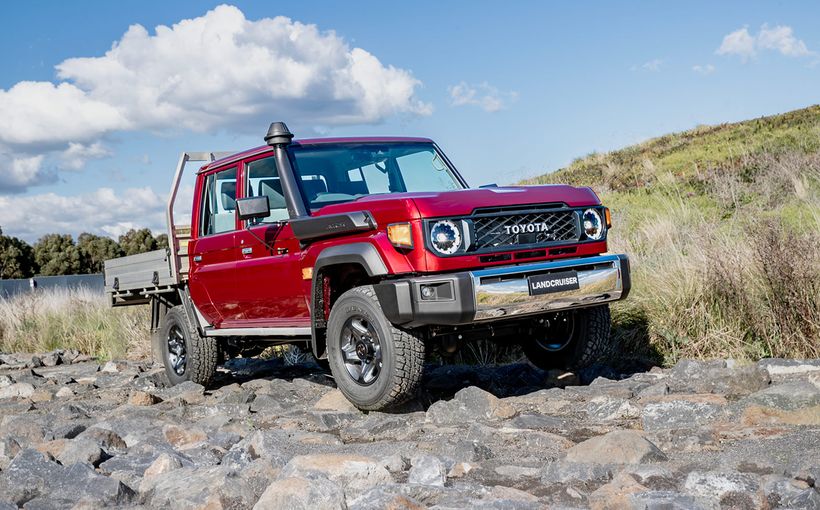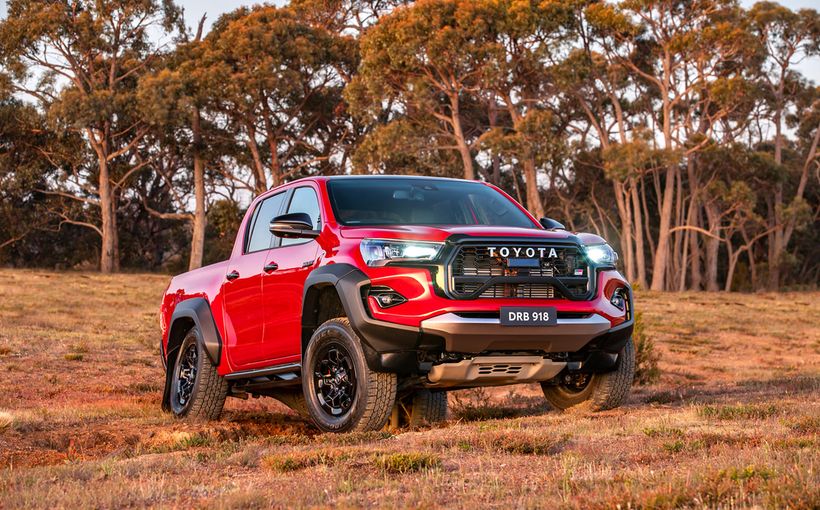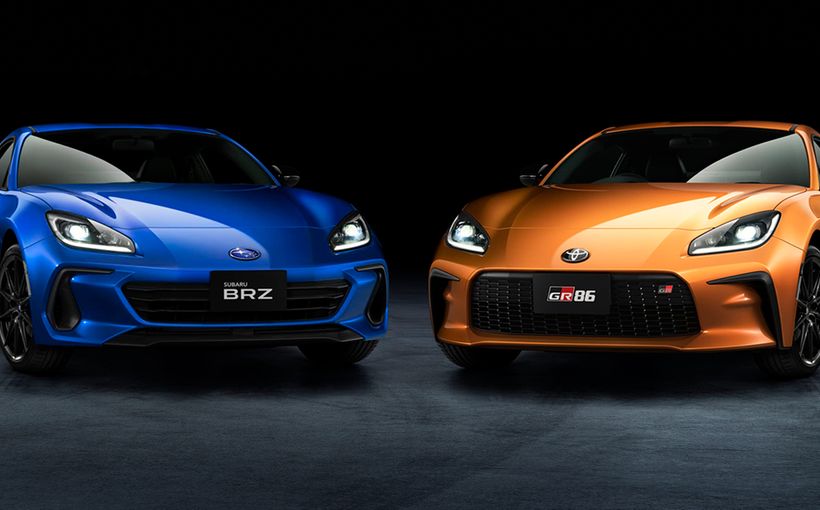Toyota Celica GT-Four: rallying to the sports car cause

In 2018, Toyota was outselling all rivals in the Australian market in the same way as Holden did in the late 1950s. Its nearest rival, Mazda, did not manage to achieve half as many sales. While there was never a time after the launch of the Corona sedan here in 1964 that Toyotas didn’t sell well, the real groundwork for the company’s twenty-first century dominance was laid in the second half of the 1980s and early 1990s.
Toyota expanded its product range in some interesting new directions.
Local manufacture of the front-wheel-drive Camry began in 1987, giving Toyota a stronger presence in the mainstream family sedan market.
Two years earlier, in a remarkable shift in engineering philosophy, the new front-wheel-drive Celica delivered a great driving experience: the poseur’s sports car had become the real thing. This made us motoring journalists take a new interest in Toyota. Most of us were rear-drive advocates, but there had been little to like about the Celicas of the early 1980s. They were doughy, slow, boring. But the first front-drive Celica was one of the great cars of its time.
In 1985, Toyota added a dramatic new variant to the Celica range. This was the first GT-Four, the ST165, but, sadly, it never came to Australia. This was the same year that the all-new front-driver hit our streets and that was exciting enough for us!

The mid-engined MR2 and the Supra kept the Celica company in the showrooms.

In 1990, the second generation (ST185) Celica GT-Four put the rallying world on notice. Australian enthusiasts also got a surprise when this hottest Celica yet joined the local new car price lists. That year, the hot new Celica came second to a Lancia Delta Integrale in the Monte Carlo Rally by a margin of 52 seconds. Who could have imagined such an outcome just four or five years earlier?
Heading into the last decade of the twentieth century, Toyota seemed to have – to employ Alfred P. Sloan, Jr’s famous 1920s phrase – a car for every purse and purpose, from the cheap and cheerful Starlet through to the magnificently built Lexus LS400.

Although the Celica GT-Four was never going to be a big seller, it did deliver a serious message. The second front-drive Celica (ST185) did not represent a real improvement over its 1985 ST165 predecessor, but the GT-Four was the real deal. Not only did it have all-wheel drive, but the new turbocharged engine took maximum power from an already reasonable 103kW all the way to 153. Peak torque was 281Nm at a usable 3200rpm. This made it the most powerful 2.0-litre engine offered in Australia.
Known as the 3S-GTE, it was a turbocharged version of the 3S-GE used in the contemporaneous MR2.
There was much potential remaining and Neal Bates’s Team Toyota Australia GT-Four was producing about 185kW in Group N guise.
Testing the GT-Four for the April 1990 edition of Wheels, Michael Stahl was impressed with the new Celica’s performance:
Straight line acceleration is stunning, once you’ve perfected getting off the mark when all four wheels are working towards the same cause (it takes a little deft clutch-slip). Brr-Zat! And you’re away up the strip, sprinting to 100km/h in 8.3 seconds and roaring past the 400 metre mark after 15.8 seconds – Toyota claims 6.9 for the 0-100 and 15.0 over the standing 400m, but our car was tight and Wheels tests with two aboard.
This quote is, of course, an apt reminder of how much expectations have changed in recent years. Zero to 100 in 8.3 seconds is the work of ordinary hatchbacks these days.

By the time the GT-Four came to market, there was already debate about how much power could effectively be channelled through the front wheels. But the only reason the engineers adopted all-wheel drive was to give the Celica World Rally Championship-winning potential. Even 153kW wasn’t really stretching a good front-drive chassis. But the wholesale switch by the majority of mainstream manufacturers to front-drive posed a problem as power outputs increased, almost exponentially.
Alfa Romeo developed a special all-wheel drive high performance Giulia sedan. And even those rear-wheel-drive heroes, the Mercedes-Benz AMG E63 and BMW M5 were equipped with all-wheel-drive by the late twenty-teens.
In this respect, then, the Celica GT-Four was a little ahead of its time; all-wheel-drive turbocars were still novel. Mitsubishi had its Galant VR4, but the Subaru Liberty RS and Impreza WRX were some years away. Rivals for the GT-Four included the naturally aspirated Mazda RX-7 ($47,650), the RX-7 Turbo ($53,650) and left-field machines such as the Citroën BX 16-Valve ($42,900), Peugeot 405 Mi16 ($42,900) and the Subaru Vortex Turbo AWD ($34,774). With the possible exception of the rarely glimpsed (never forgotten!) Vortex, it offered the best value of all these.

Audi offered its 90 Quattro 20V for $79,500 but the GT-Four was a relative bargain at $42,910. This just happened to be the threshold of the Federal Government’s controversial Luxury Car Tax. Toyota Australia’s money people had to do some juggling to bring the car into showrooms at this price. While you’d expect fast glass, central locking and air conditioning, you might have been disappointed to find no anti-lock braking system on your hotshot Celica. (Not that ABS is especially desirable on a rally car.)

Essentially the interior was carried over from the Celica SX but with superior front seats. These were multi-adjustable and featured deep side wings.
The GT-Four was equipped with 15 X 6.5 alloy rims, shod with 215/50 tyres. Even in 1990, these seemed comparatively modest. But the front-wheel-drive Celica had 14-inch wheels. It’s a fine reminder of how advanced the original Commodore SL/E seemed back in November 1978 with its 15-inch alloys and 60-series rubber.
Those bigger wheels permitted the fitting of beefier discs. The front ones were ventilated.
Only keen industry observers were likely to pick the GT-Four from an SX with the main giveaways being the more aggressive frontal treatment, bonnet scoop and larger wheels.

The GT-Four used a front transaxle which incorporated the gearbox, front differential and centre differential with a hypoid transfer gear to transmit drive via a three-piece propeller shaft to a Torsen rear differential. Toyota engineers insisted that each of the three diffs was individually capable of handling full engine power.
A stronger five-speed gearbox with widely spaced ratios delivered high maximum speeds in the gears. Using 7250rpm in the first four gears, these were 59, 102, 158 and 205. Flat-out in fifth at 6120rpm, the GT-Four reached 230km/h. Interestingly, the WRX – still four years away – could not quite attain 230, being less slippery than the Celica.
In late 1991 the Group A Rallye with a facelift and uprated mechanicals arrived in Australian showrooms. One hundred and fifty were available here out of 5000 internationally, in order to homologate the GT-Four for the World Rally Championship.
One significant upgrade was the use of a liquid/air intercooler instead of the previous air/air item. The exhaust system, cooling system, throttle body and air cleaner also came in for attention.
The GT-Four Group A Rallye commanded a pricetag of $45,460, but this time around anti-lock brakes were included in the specification.

Compared with the ST185 Celica GT-Four, the ST205 version was altogether superior with much higher performance, more balanced handling and a crisper style. The new nose was much less fussy and gave the Celica an unmistakable identity. The ST205 was built on a wider platform than its predecessors. The wheelbase was 10mm longer but the front and rear tracks were up by 35 and 50mm respectively.
Just 177 – all of them Group A Rallye editions again for homologation – were allocated to Australia, so they didn’t appear in the new car price lists for long. In April 1994 this GT-Four was priced at $81,690, but all its rivals had also gone up in price. This hefty tag did bring an increase in standard equipment, including leather trim and a $2500 Pioneer sound system. It even boasted a water spraying system to cool the intake system. The only options were air conditioning at $2382 and an electric glass sunroof at $2000.

By contrast with the 1990 GT-Four which had no ABS at all, the 1994 car was the first Toyota with four-channel, four-sensor ABS: so, monster brakes! The alloys this time around were 16-inchers.
Maximum power was now 178kW at 6000rpm with 302Nm of torque at 4000rpm. The zero to 100km/h time came down to 6.6 seconds and the 400m was now 14.9. For some perspective, the E36 M3 ($124,650) was quicker: 5.8 and 14.1. But, without question, this was the most formidable Toyota sports car seen in Australia and a most remarkable contrast to those gawky looking models of the late 1970s and even the Celica Supra.

Its most natural rival was the awesome Nissan Skyline GT-R but by 1994 Godzilla was no longer available in Australia.
The Celica GT-Four was always a purpose-built car, that purpose being victory in the World Rally Championship. But the bigger picture is that the excellence of the GT-Four, especially the ST205 version, reflects Toyota’s increasing penetration into every important niche in the automotive market. In its own way, the GT-Four joined the Lexus LS400 as one of the marque’s hero cars.









